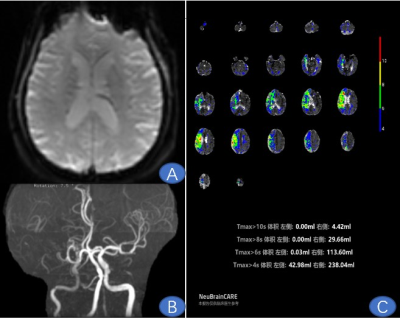mengting wei1, jinhao lv2, liuxian wang2, senhao zhang2, dongshan han2, xinrui wang2, and xin lou2
1Chinese PLA General Hospital, BeiJing, China, 2Chinese PLA General Hospital, beijing, China
1Chinese PLA General Hospital, BeiJing, China, 2Chinese PLA General Hospital, beijing, China
55 patients were enrolled in this study. After
feature selection, 11 variables were included in the study, and the first three
variables with greater contribution were HCR, mRS on admission and diabetes history. FVH
score and collateral circulation grade had no significant contribution to
recurrent stroke. Then it was divided into model A and model B according to
whether the HCR is included or not. The results show that RandomForest and
NaiveBayes are the optimal algorithms to identify patients with recurrent
cerebrovascular events within one year through machine learning. In addition,
there were significant differences between model A and model B.

